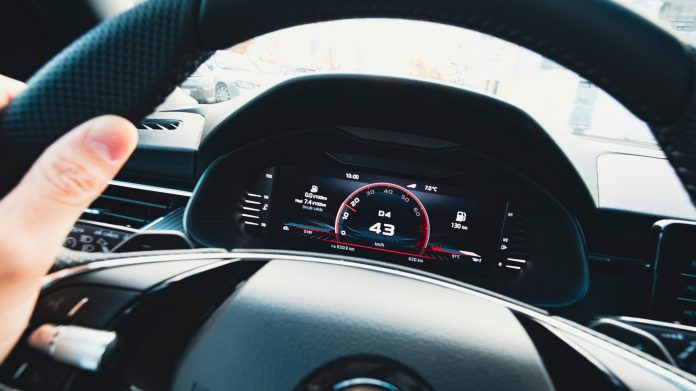A recent survey by the Insurance Institute for Highway Safety (IIHS) revealed that more than 60% of U.S. drivers would find it acceptable if their vehicles provided audible and visual warnings when they exceeded the posted speed limit. This insight into driver attitudes toward intelligent speed assistance systems (ISA) comes as speeding remains a significant factor in traffic fatalities across the country.
The IIHS survey, which polled 1,802 drivers, aimed to understand drivers’ perspectives on ISA systems. These systems, which use speed sign-recognition cameras or GPS-linked speed limit data to inform drivers of the current speed limit and alert them when they are speeding, have the potential to revolutionize driver behavior. The results highlighted a notable willingness among drivers to embrace technology that promotes safer driving habits, a promising sign for the future of road safety.
Speeding is implicated in over a quarter of U.S. traffic deaths annually. In 2022 alone, more than 12,000 fatalities were attributed to speeding, according to the report. However, based on data from the AAA Foundation for Traffic Safety, about half of the drivers admitted to driving at least 15 mph over the speed limit in the past month.
Starting next month, the European Union will mandate that all new vehicles be equipped with ISA systems. These systems are designed to enhance road safety by providing drivers with real-time speed limit information and warnings. The European Transport Safety Council supports this initiative, emphasizing the potential for such technology to significantly reduce speeding incidents.
IIHS senior research scientist Ian Reagan commented on the current state of vehicle technology, saying, “With the technologies we have now, we could stop virtually all speeding and eliminate speeding tickets to boot. Instead, we seem to be going the opposite direction, with adaptive cruise control and partial automation systems that allow drivers to peg their speed at 90 mph if they want.”
The survey also found that more than 80% of respondents would prefer a feature that displays the current speed limit in their vehicles. Additionally, over 70% of drivers expressed support for a hidden tone to alert them when the speed limit changes. About half of the drivers surveyed indicated they would not mind technology that makes the accelerator pedal harder to press or automatically restricts speed.
These findings not only suggest a growing acceptance of ISA systems among U.S. drivers but also indicate a potential shift towards more widespread adoption of speed-limiting technologies in the future. This positive development should inspire hope and optimism among road safety advocates.



